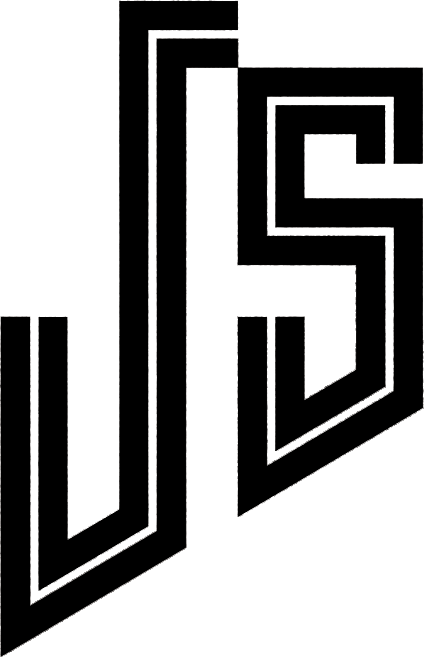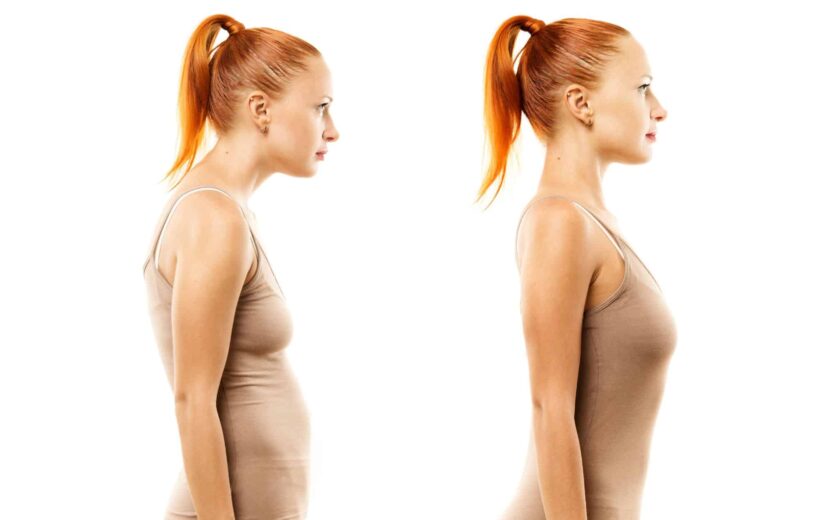Chiropractic
Rounded Shoulders: It’s a Symptom, Not the Problem
Many people think that having rounded shoulders is just a bad look or something they just have to accept. But if we look a little deeper, it’s important to see that rounded shoulders are actually a sign—your body’s way of telling you something’s out of balance. It’s not the cause itself.
Here’s How Your Shoulder Works
Your arms aren’t just hanging there randomly. They’re held up by bones—the shoulder blade (or scapula) and the collarbone (clavicle). The shoulder blade is kind of special because it’s “floating” — it isn’t fixed directly to your spine or ribs, but instead is held in place by muscles in your back. It connects to your collarbone, which then attaches to your chest at a joint just below your chin.
What this means is, the position of your shoulders depends on the strength and coordination of those muscles. When your shoulders start to pull forward or slouch, it’s usually because the muscles in your chest have become stronger or tighter than the muscles in your back. Basically, your body is sending you a message about which muscles are winning the tug-of-war.
Seeing It Differently: From Feeling Powerless to Feeling in Control
How you think about rounded shoulders matters. If you see it as something you can’t change or that’s just “how you are,” you might feel helpless and stuck. But that’s not true. Just like managing blood sugar levels with lifestyle changes, improving your posture is something you can actively work on.
Your body talks to you through these signs. The tricky part is that many of us learn to interpret these signals incorrectly, or we rely on others’ opinions and ideas instead of listening to our own bodies. This can lead to frustration, chronic pain, and feeling like you’re just “stuck like this.”
What It Really Means
The truth is, rounded shoulders didn’t happen randomly overnight. They are the result of habits and movements—things you’ve been doing regularly over the past few months. Think of it like building muscle: if you keep doing certain movements, your muscles adapt and get stronger. The same goes for posture.
So, instead of seeing rounded shoulders as a flaw or something you’re stuck with, see it as your body’s way of telling you what you’ve been practising and reinforcing over time. The good news? You can change it.
Taking Control and Making Change
You have the power to turn things around. Improving your posture isn’t about “fixing” something overnight but about making small, consistent changes—like strengthening the muscles in your back, loosening up your chest, and becoming more aware of how you use your back muscles and move throughout the day. It’s about listening to what your body is telling you and giving it what it needs.
Your shoulders are a window into your overall health and habits. When you understand them better, you can take steps to feel stronger, more balanced, and more in control of your body.
In Short
Rounded shoulders aren’t the problem—they’re a sign of weakness of the back muscles. By understanding that, you can stop blaming yourself and start planning ways to strengthen your back muscles, however it works best for you. Your body wants to be in balance, and with a little awareness and effort, you can help it get there.

Dr. Alexandra Zashtitin
Chiropractor
Dr. Alexandra Zashtitin is dedicated to transforming health and wellness. With over 9 years of chiropractic experience and nearly 22 years in alternative medicine, she uniquely blends scientific techniques with holistic practices.
Educated at the Anglo-European College of Chiropractic, her expertise includes pain management and esoteric knowledge, enriching her holistic approach.
Dr. Zashtitin’s practice focuses on integrating chiropractic adjustments, Graston, dry needling, and lifestyle coaching to harmonize physical, mental, and emotional wellness. Her commitment to nurturing the whole person provides a sanctuary for transformative health journeys.


